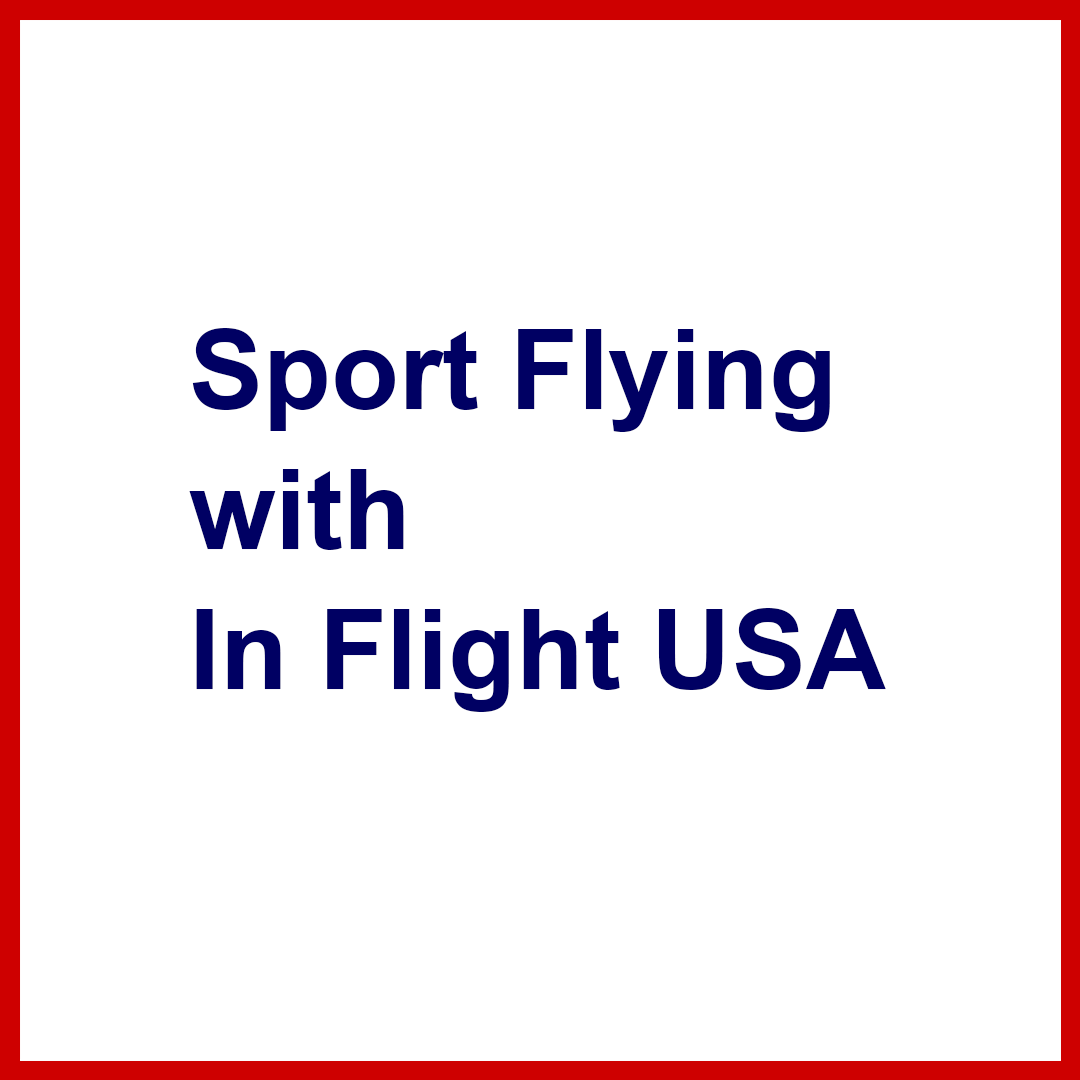In Flight USA Article Categories
In Flight USA Articles
On Low Tide
Editor’s comment: The “precautionary landing,” is not a topic that is directly addressed in the FAA Practical Test Standard. A diversion to an alternate airport is part of testing scenarios, but the concept of simply getting the airplane on the ground, perhaps not at an airport, is seldom taught and certainly not tested. It is tragic that accidents, which occur every year, could have been avoided if the PIC had simply accepted the fact that continued flight was not possible. In many cases, a landing on a suitable surface could have safety prevented continuing flight into worsening weather conditions or a power-off landing caused by fuel exhaustion or mechanical difficulties.
It is interesting to note that our Canadian neighbors face the potential of off-airport landings head on, especially if flying with Anna Serbinenko, a class one airplane and class one aerobatic instructor. Anna is also the only female aerobatic performer in Canada. Her passion for flying lifts her away from the daily routine into the sky with a three-dimensional freedom called “Sky Dancing.” Anna flies with the Canadian Flight Centre.
Established in 1979 and now in two locations, Boundary Bay, Vancouver, BC, and Kamloops, BC CFC has trained more than 3,000 pilots from over 20 countries. Graduates of Canadian Flight Centre are currently working at airlines around the world. Today, under Anna’s leadership, CFC trains “from tail wheel to turbine,” with a big variety of courses and aircraft. Special programs are now being offered to U.S. Pilots that include the techniques and skill described in Anna’s latest contribution to In Flight USA. For more about Anna and her airshow schedule: visit www.annaserbinenko.com. For beach landing experience and training in BC, contact Canadian Flight Centre www.cfc.aero, flying@cfc.aero, 604/946 7744.
One last note, you MUST visit this area of the world, just north of Seattle. It is SPECTACULAR!
By Anna Serbinenko
 Anna Serbinenko after one of her “off airport” beach landings.When I was a student pilot, we were strictly banned from any “off-airport” landings. On one hand, now that I am a flight instructor, I can sympathize more than ever with the school’s mistrust of a student pilot’s common sense decision making skills, and the paranoia about the insurance. On the other hand, I cannot possibly think of endorsing a commercial pilot who has never landed in anything less than 2,000+ long paved level runways. They are simply not fit for commercial pilot duties.
Anna Serbinenko after one of her “off airport” beach landings.When I was a student pilot, we were strictly banned from any “off-airport” landings. On one hand, now that I am a flight instructor, I can sympathize more than ever with the school’s mistrust of a student pilot’s common sense decision making skills, and the paranoia about the insurance. On the other hand, I cannot possibly think of endorsing a commercial pilot who has never landed in anything less than 2,000+ long paved level runways. They are simply not fit for commercial pilot duties.
In the Canadian airplane pilot syllabus, there’s an exercise called Precautionary Landing. A typical scenario used to motivate the student is, “what do you do if you are low on fuel?” Or “ what if you have a sick passenger on board?” Fuel management issue aside (what was so difficult about landing at the last airport you passed and put a few gallons in the tanks?), why on earth would you land with a sick person on board in the middle of nowhere instead of heading to the nearest airport to get qualified medical help? But what if there is no airport close by, a real issue in rural Canada (most of the country), or weather blocks access to an alternate airport?
Homebuilder's Workshop - November 2013
Perspectives
By Ed Wischmeyer
So now that I’ve rejoined the ranks of “real” pilots with a homebuilt taildragger, namely an RV-8, here are my unimpeachable thoughts on life, the universe, and all that.
Tailwheel vs. Nosewheel
Actually, there are several kinds of tailwheel skills. There’s the faster landing tailwheel airplanes like the RV-8, and the slow landing kind like the AirCam I used to own. When I got the RV-8, it was a real surprise how much my skills had degraded. A tailwheel airplane will keep your skills at a level higher than required for a nosewheel airplane. But the flip side is that the nosewheel airplane is easier to land when you’re tired or in ugly wind conditions (safety), at night if you’re trying to make a wheel landing, and a nosewheel gives you over the nose visibility when taxiing (safety). There are few circumstances that legitimately demand a tailwheel, so the nosewheel wins hands down. But I’m not in any hurry to sell my new RV-8.















